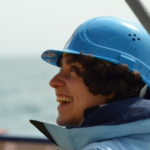by Marilena Oltmanns
56°N, 52°W. For days we have been cruising around these coordinates, and no matter whether we are some sea miles further south, north, east or west – the view does not change much. Even so, the ocean looks different every day.
I am on board the Maria S. Merian as a postdoc from GEOMAR and particularly interested in the mooring data from the central Labrador and Irminger Sea. In these regions, the ocean and atmosphere permanently exchange heat, with consequences for both sides. If, for instance, a cold winter storm cools the ocean, the surface water is getting colder and therefore denser, making it sink to the bottom. In reverse, the atmospheric circulation is affected by the sea surface temperature, which can give rise to complex ocean-atmosphere interactions. In my research, I am particularly interested in the uppermost water layer which serves as a bridge between the atmosphere and the deep ocean and thus buy valtrex online forms a connection between our weather and climate.
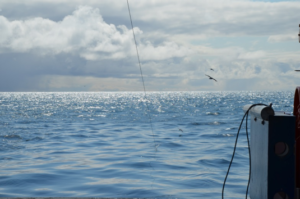
Photo: Henrike Schmidt
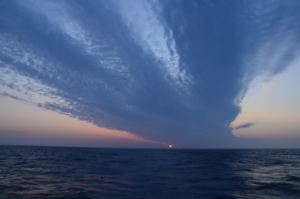
Photo: Henrike Schmidt
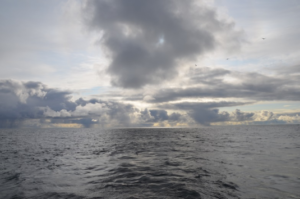
Photo: Henrike Schmidt
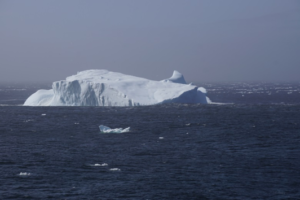
Photo: Arne Bendinger
In the middle of the Labrador Sea, somewhere near 56°N, 52°W, I watch the waves breaking around the ship. Water and air seem to intermingle and I imagine them carrying the icy winds down into the during a heavy winter storm. At this location, exactly below my feet, the ocean is almost 4 kilometres deep. Water this deep will need a long time to reemerge at the surface. Maybe some centuries. Maybe somewhere near Antarctica. Space and time are intertwining here, just like the days and nights on board the Merian. The depth and vastness of the sea evoke a feeling of timelessness and right in the midst of all this water, I am feeling quite small.
